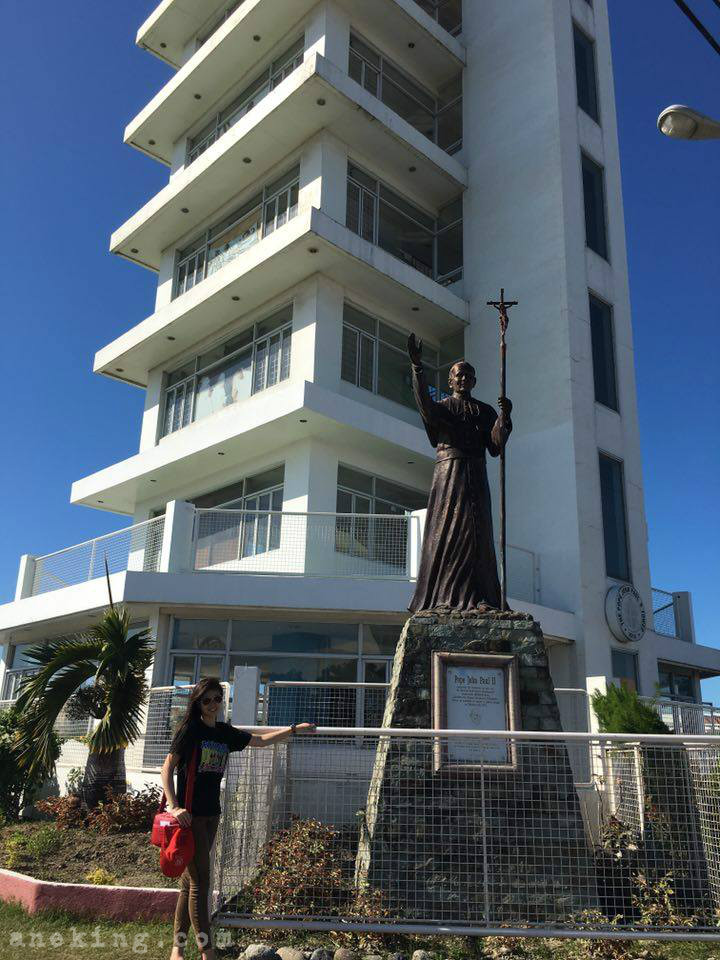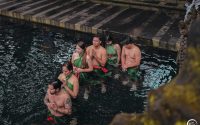Basilica Minore Del Santo Niño: The Sanctuary Of The Holy Child
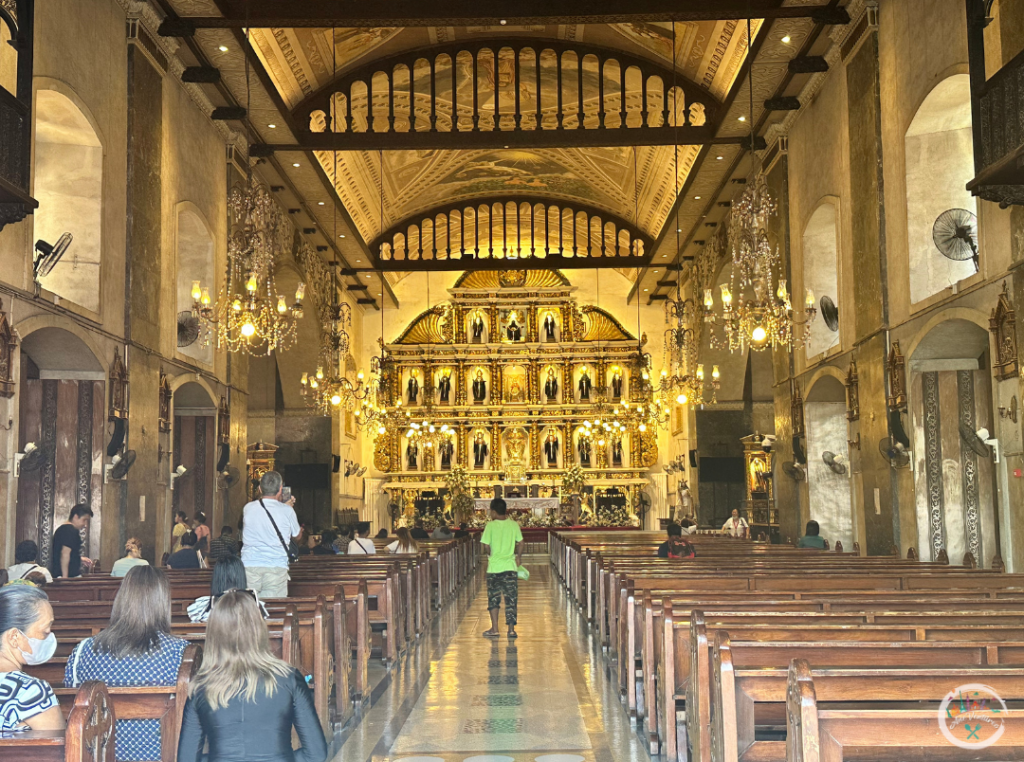
http___www.bigleaguekickball.com_about_ buy Soma with no rx, purchase Soma COD I already visited Cebu twice already and one common thing I noticed about these two is Basilica Minore Del Santo Niño. We always start our trip by saying a prayer at this famous heritage church at the oldest city in the Philippines.
buy soma with saturday delivery Known as the oldest Catholic Church in Cebu, the church houses the image of the Santo Niño, the city’s patron saint, that represents Jesus as a black Holy Child. Each year, a great number of people travel there for prayer and pilgrimage.
purchase Soma COD The compound houses not just the basilica and its pilgrim center but, also, the historical Magellan’s Cross, making this place a well-known destination for Cebu tourists.
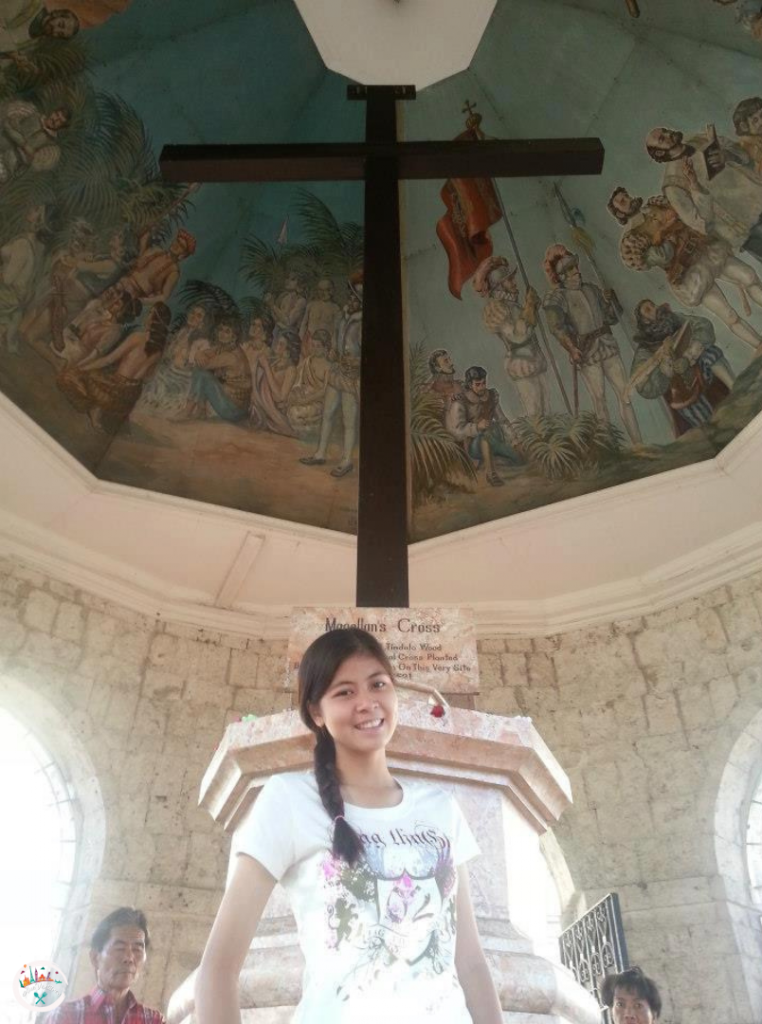
The Magellan’s Cross is the representation of how Christianity started in the Philippines. In grade school, we were taught that Ferdinand Magellan of Spain introduced and converted the island to Hispanic Christianity in 1521. Eventually, Rajah Humabon, the island’s native chief, and his family were baptized and given an image of the Holy Child, which is later known as Santo Niño de Cebu.
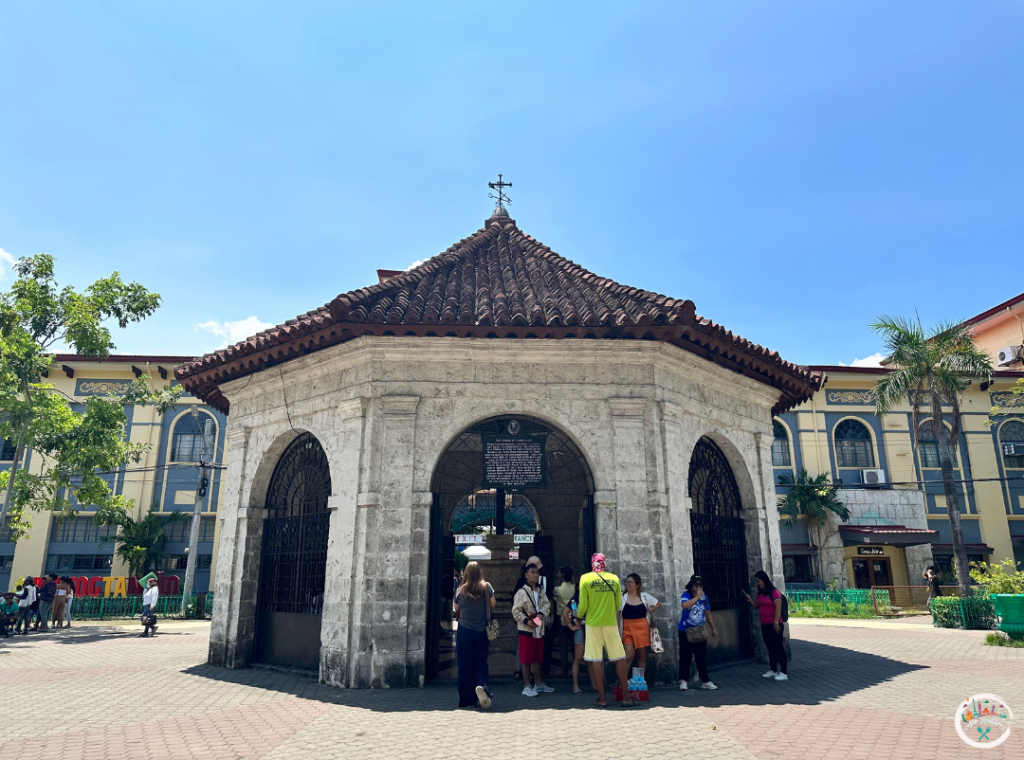
It is in this pavilion that Spanish explorers, led by Magellan, planted the Christian cross. The Pavilion which houses the tindalo cross was built sometime in the 1800s. The original cross was had deteriorated due to termites but large remnants were encased inside another wooden cross, the one that the public sees. In this way, they can also protect the original cross from people, who chipped away parts, believing that it possesses miraculous powers.
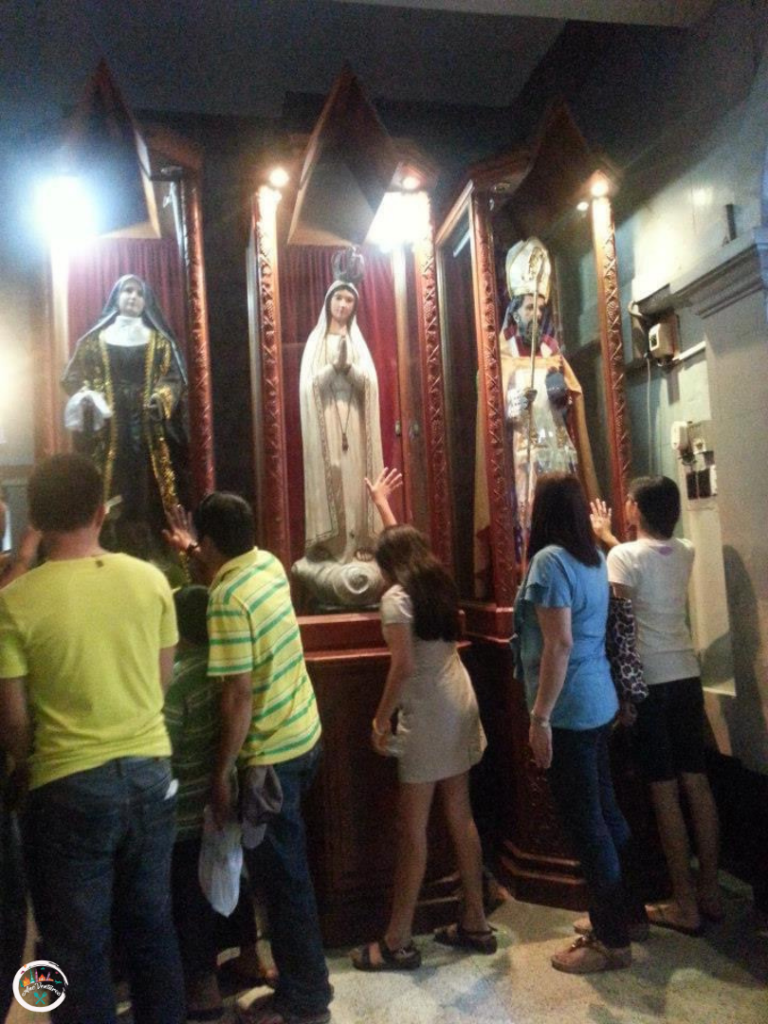
The church has long been Santo Niño’s sanctuary. The Augustinians were given ownership of the nipa home where the Santo Niño was discovered. The surrounding land is where they constructed the first chapel in the Philippines. The Santo Niño, a representation of Jesus as a black holy child, is housed inside the Basilica to this day. The statue is believed to be the same statue given by Portuguese explorer Ferdinand Magellan to Humabon back in 1521.
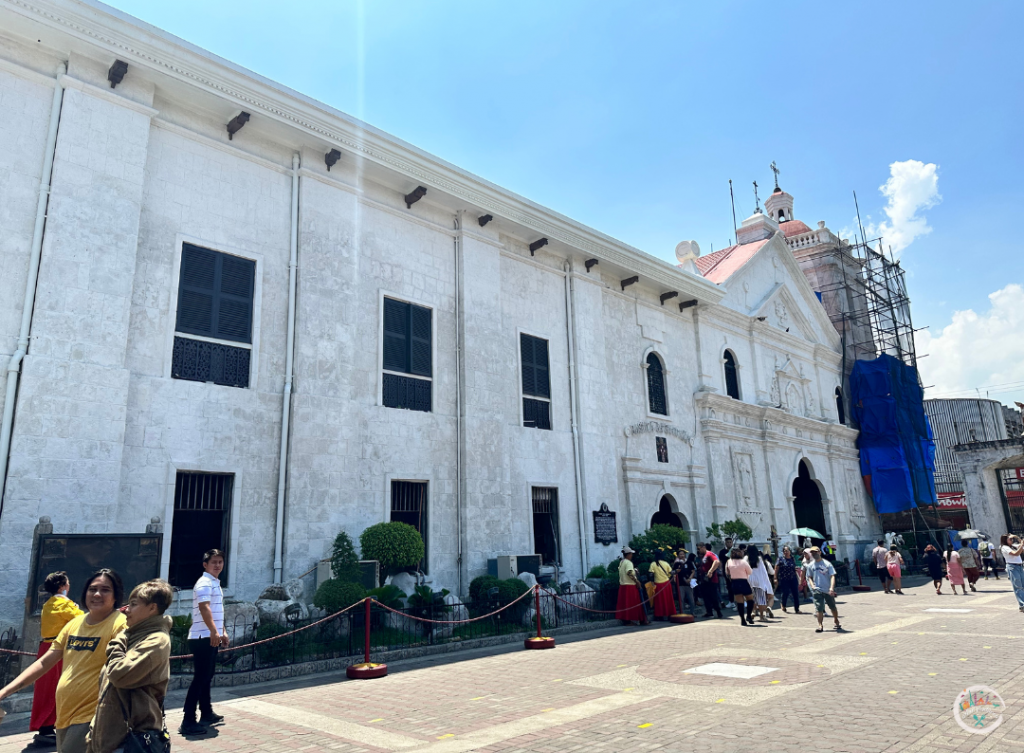
Basilica Minore del Santo Niño must be the first church in the Philippines if only the three earlier structures weren’t destroyed by fire. The present baroque structure was built in 1737. The facade has been kept true to the original stone’s texture and color. Its bell tower acts as a balance to the convent that is situated on the far opposite end. It was under construction when we visited though so the shape of the basilica wasn’t really appreciated in this photo.
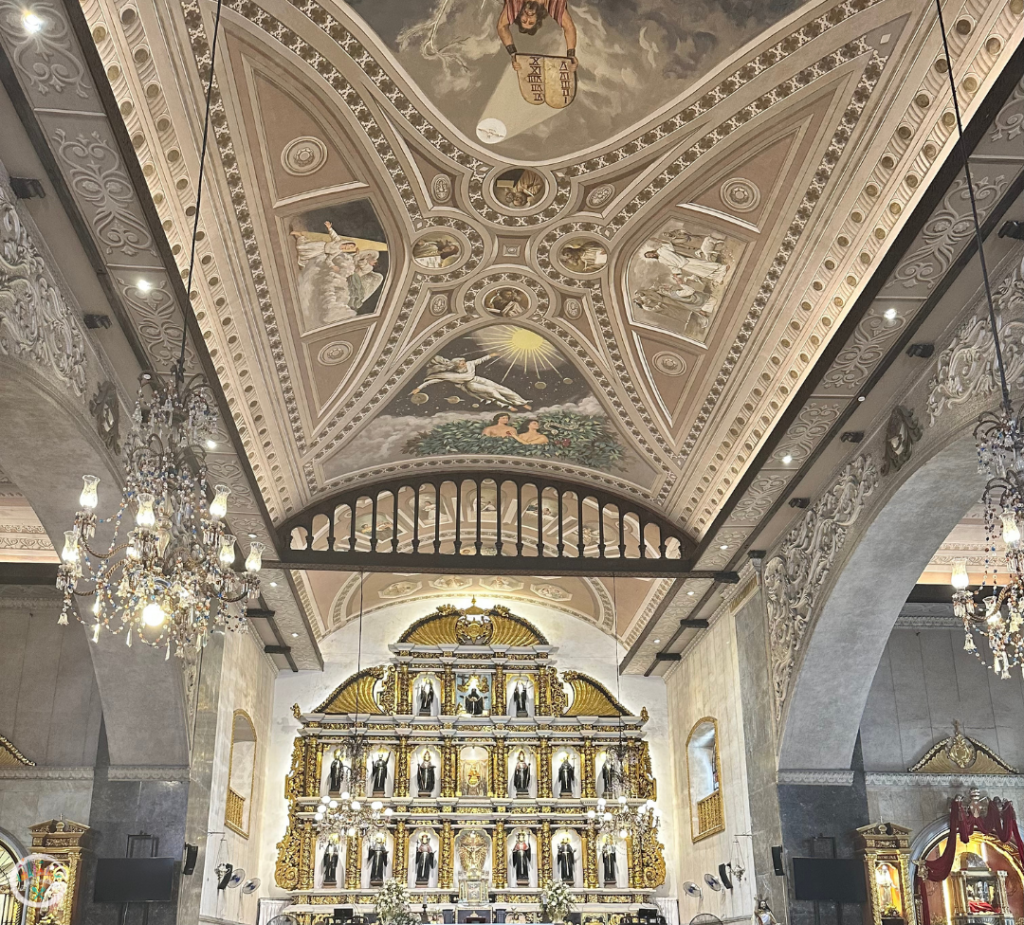
The altar presents different religious images enclosed in golden columns and arches. This includes the replica of the Santo Niño, which is enshrined in a glass case adorned with gold and precious stones. The ceiling of the basilica is painted with heavenly art, carries elegant chandeliers and is supported by intricately-designed pillars on both sides. It’s definitely one of the most beautiful church interior that I’ve ever seen.
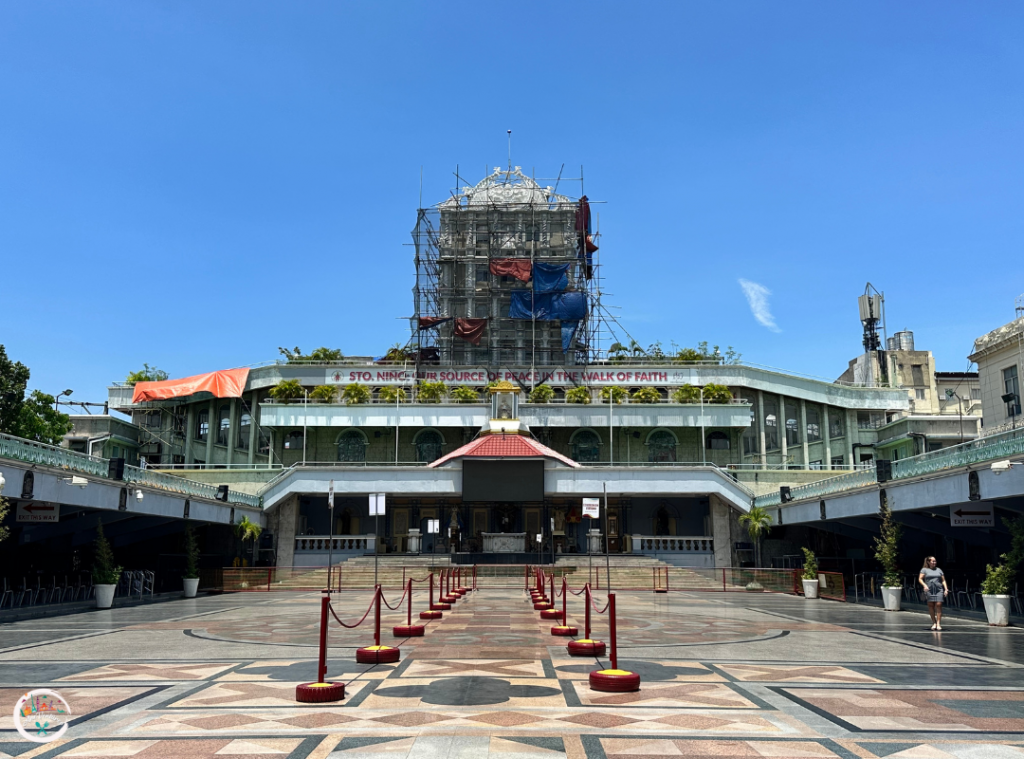
The devotees kept increasing over the years and could easily pack the basilica. To accommodate this growing number of devotees who come to hear the mass in the church, a pilgrim center was built within the compound opposite it. The pilgrim center looks like a small outdoor stadium. I’m surprised that both the church and the pilgrim center were full when we visited last 2012.
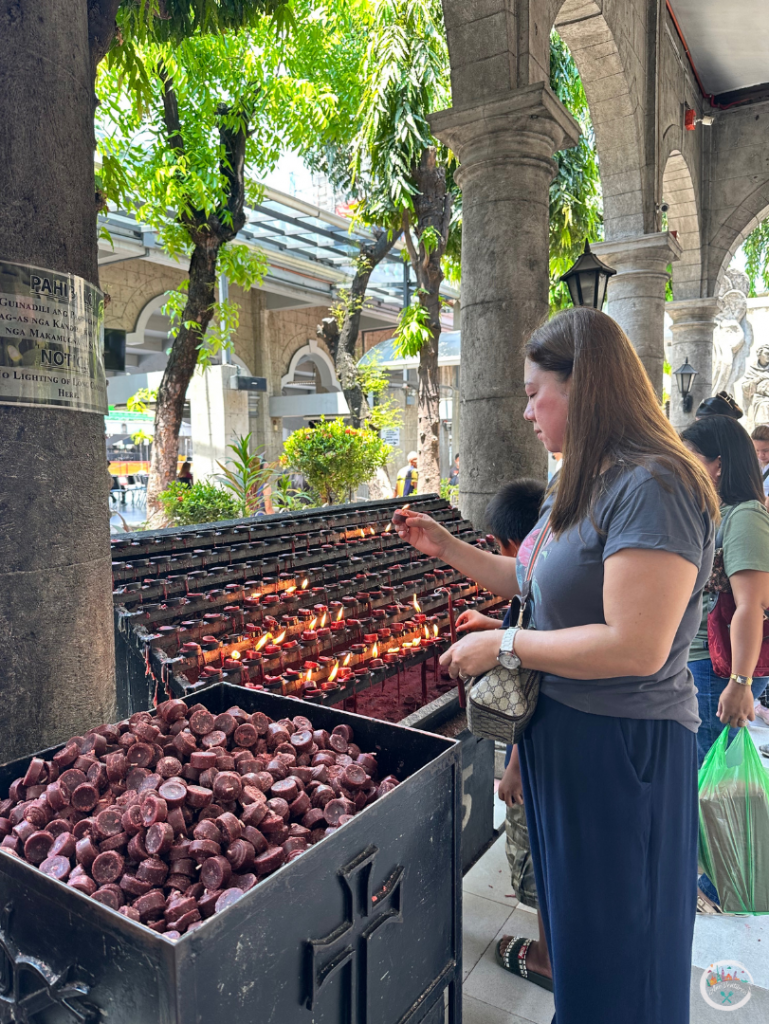
Like most basilicas, there’s a place for visitors to light up a candle and say a prayer. But unlike most basilicas, Basilica Minore del Santo Niño has a nice hall for that. It’s really no hassle since there is a wide array of candle stands just outside the church and small unused candles are already available by the side of each stands. On the other hand, there are vendors selling long candles to be offered inside the cathedral.
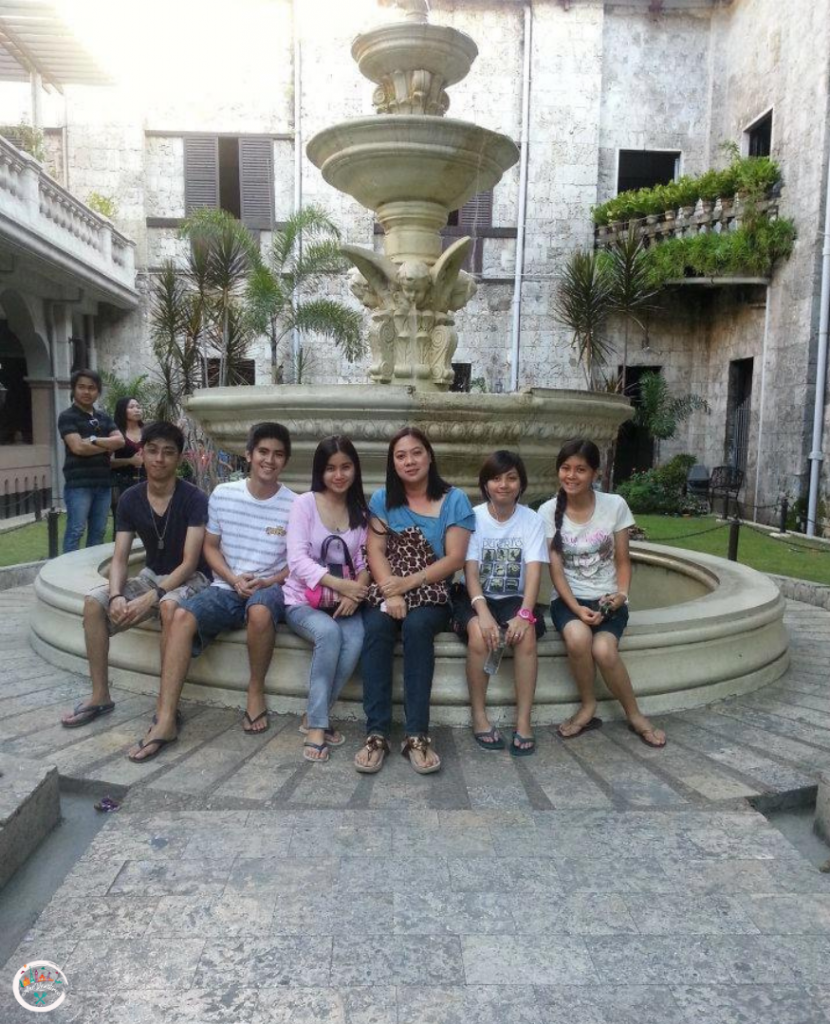
I love that the basilica is also like a garden on the side so it isn’t to dull to roam around the church’s compound. It isn’t a surprise though since before the construction, the place is called Santo Niño plaza. I’m just glat that the trees and plants were retained and given importance. Moreover, completing the baroque look of the basilica is this fountain that was part of the Santo Niño plaza before.
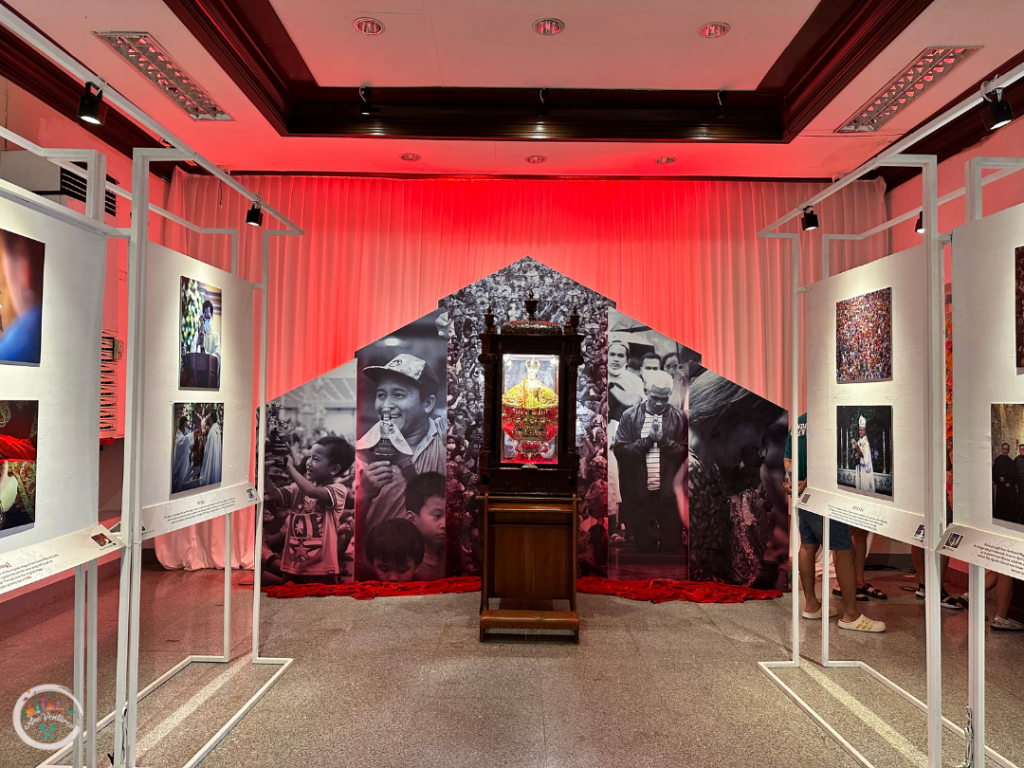
While waiting for our companions, we spent our time at this exhibit inside the church because it was the only air-conditioned public place in the basilica. With this, we got to explore Santo Niño stories, Cebuano traditions the history of Christianity in the country. If visitors want to gain more knowledge, there’s a museum that well-preserved artifacts that provide a deeper understanding of the religious heritage of Cebu.
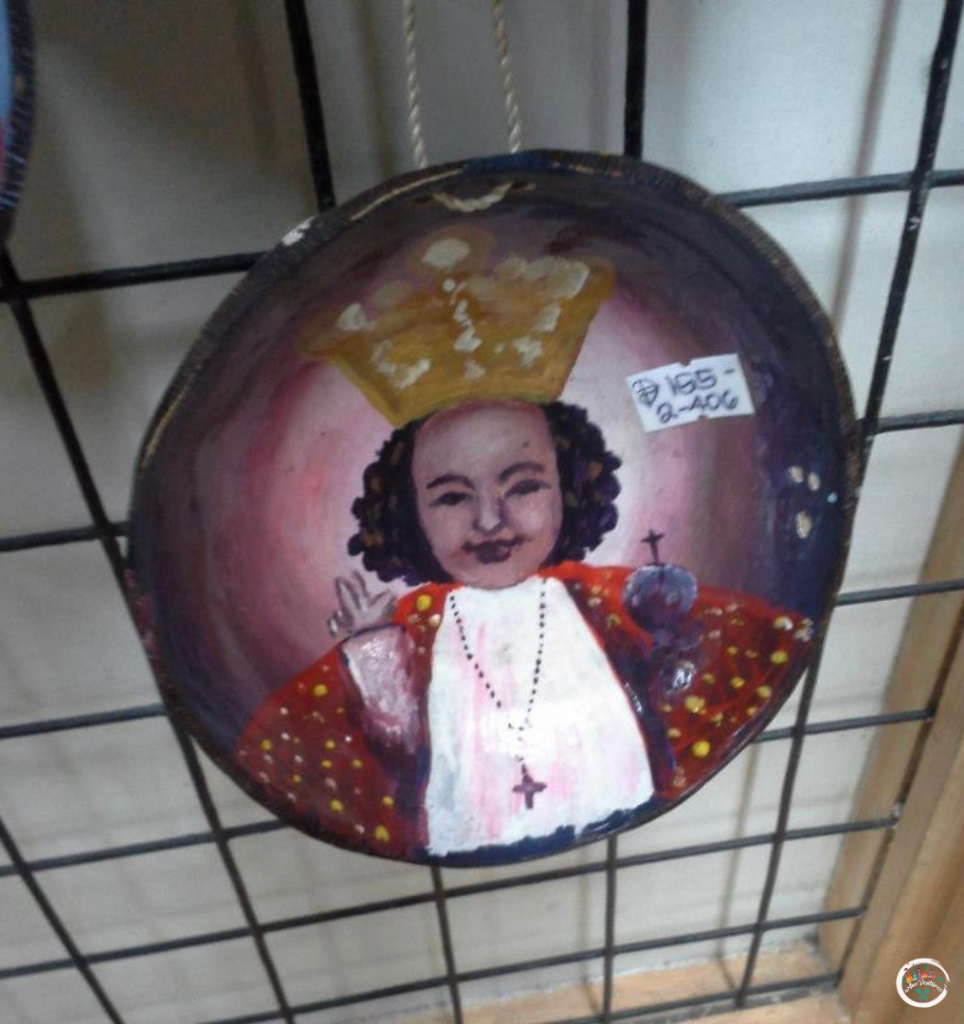
Oh yes! There’s no need to look further to buy souvenirs for your friends at home because there’s Gasa Niño Religious Store, a pasalubong center at the basilica. Articles are sold in this store as well as souvenir items and recuerdos of the Santo Niño. This one is for me though. It’s an adorable painting of Santo Niño’s image on coconut shell. It’s simple but I love the idea of the craft. I can easily display this on our altar at home.


